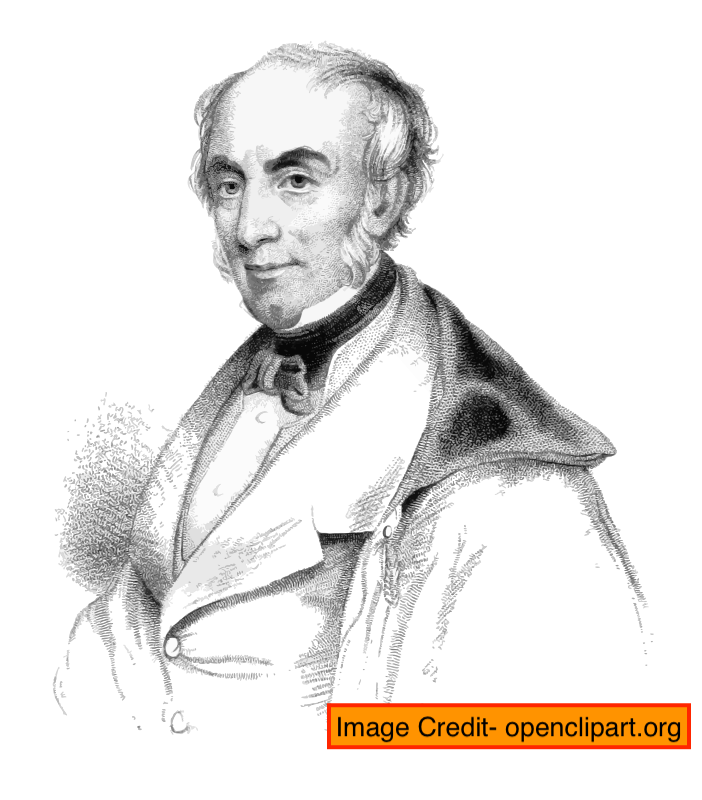
Info4now- If return to nature is the premier characteristic of the Romantic Period, William Wordsworth is completely associated with that movement. Unlike Keats in the later period, Wordsworth treats nature as the absolute form of a different divine vitality. Composed a Few Miles above Tintern Abbey records that attitude of Wordsworth to nature—a simplified expression of a deep and complex philosophy.
Summary of Tintern Abbey
The poet spends five years in the city with a vivid memory of nature at Tintern Abbey. If he can’t remember all the images of natural beauty he witnessed earlier, he stored most of it. In the business of urban lifestyle, that beauty, from time to time, would flash before his eyes. That beauteous form would lighten the weight of the unintelligible world. On reaching the River Wye with his sister, he discovers a different Tintern Abbey. Even though it hasn’t changed, it appears different to him. His eyes have taken a visionary turn. The outward beauty of nature was replaced by the spiritual form—the soul takes over the body. In the images of Wye valley, sounds of water and in the smell of the woods, he feels the sad circumstances of human life. Still it’s the place that offers him tranquility. It’s the place that speaks of humanity, that keeps the poet off the complexity of industrialization. Finally the poet passes his thought to his sister Dorothy who is under the spell of her youth, under the first phase of aesthetic pleasure from nature.
Critical Analysis
Even though the poet enters into the nature’s divine entity after a while in the poem, its outward beauty is carefully taken into account. Nature attracts a young Wordsworth with its right way of dealing. A child’s development with nature is completely necessary and the first para of Tintern Abbey is just sublime in the context of the whole composition. Expressions like ‘steep and lofty’, ‘sportive wood’ and ‘uncertain notice’ form the mood of the opening section. He jumps into the explanation with very simple dictions how the beauteous forms had enough impact on those days. He very carefully connects the wild beauty of nature to his revolutionary mind at the time of the French Revolution.
Nature is not only beautiful, but also it possesses the quality of a teacher. In its consistent maintenance of a bio-system, it is the perfect source of moral beauty. In its sounds and images, it takes people into a different level of meditation—either with a memory or without something of that sort. Here what Wordsworth perceives is completely from his personal attitude to nature—spontaneous overflow of powerful feelings. For him, nature becomes ‘the anchor’ of his ‘purest thoughts’ and the guardian of his heart.
Dorothy’s presence satisfies the poet with his two different attitudes to nature. She represents his attitude to nature as a boy and he himself is now a man whose approach is mature enough. He explains before his sister how important this meeting is. This is the moment ‘to be recollected in tranquility’.
Conclusion
Even being written in blank verse, the poem with its own beauty is much more poetic. When read or heard, its sounds flow like the water flow of the River Wye. If there is any poem on nature in literary history to master that theme, Tintern Abbey will remain on top. It’s the touchstone of Wordsworthian poetry—touchstone of Nature poetry. Pantheism in the poem is dealt with care. Nature is never godlike, rather it’s the absolute reflection of God. Nature, divine in nature.
( The author is an independent literary critic and the article is from his complete personal views.)